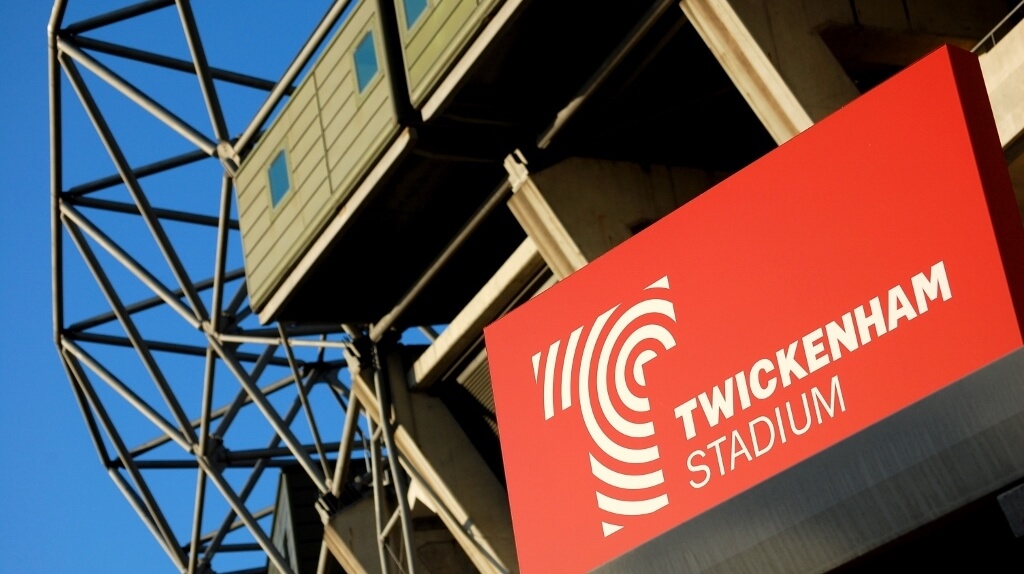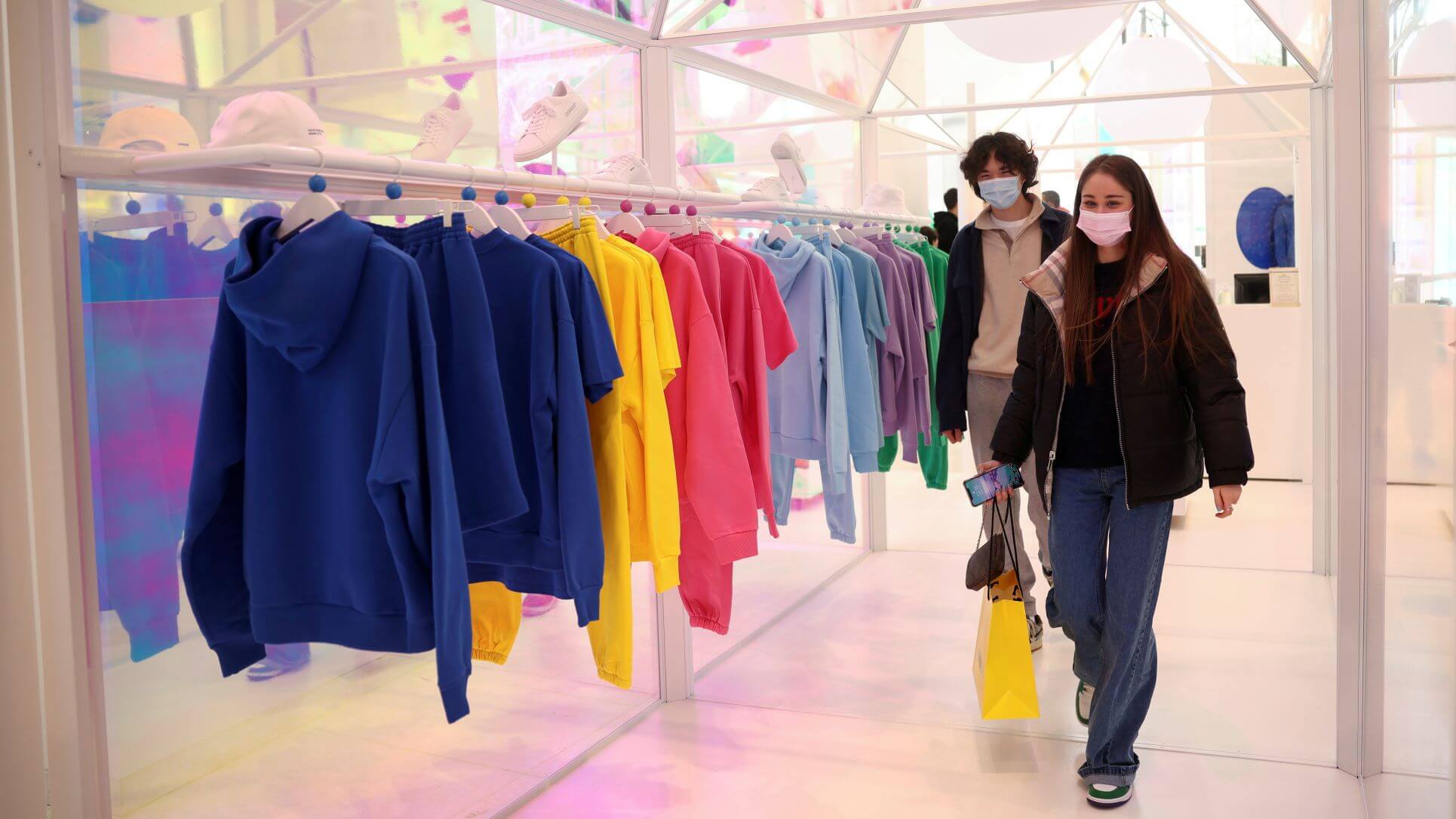The way sports teams create and distribute merchandise is out of kilter with the way consumers buy stuff. Time for a rethink, says Philip Rooke of t-shirt retailer Speadshirt.
What Sports Brands Can Learn From Sports Fans
The way sports teams create and distribute merchandise is out of kilter with the way consumers buy stuff. Time for a rethink, says Philip Rooke of t-shirt retailer Speadshirt.

Sports fans understand the importance of wearing your allegiance. Clubs and tournament organisers get this too. They want the stadium to be a riot of colour, flags and banners, to create an atmosphere which beats watching the game on the telly.
Football clubs, as their fans often complain, have worked this relationship out and manage to produce new, expensive strips every season, which get bought up. But other sports are not so savvy. Or, they are susceptible to failures by the national team, dependent on the weather or just get their order wrong, leaving them with kit to shift after the focus has moved on.
Both the Rugby World Cup and the Yorkshire section of the Tour de France have experienced merch issues this year.
The Rugby World Cup was an immense spectacle, with many teams from less well-funded nations covering themselves in glory (we especially enjoyed Japan and Uruguay). But the host nation didn’t make it out of the group, despite all the intense preparation and stadiums full of fans wearing the shirt and singing their name.
England were first beaten by their local rivals, Wales, and then by their 2003 final opponents, Australia. And the very next day the RFU website was offering 40% off England kit.
This suggests they are still stuck in the old school approach to merchandising; design agreed months or years in advance, bulk order placed, physical shop or warehouse stocked, wait for the sales to come. Obviously, this approach does work, but if a key team doesn’t make it, or the stock is over ordered, it can leave a funding gap and a shop full of kit at a knock-down price.
The Rugby World Cup is just the most recent and startling example of the failure of old school merchandising, because of England’s early exit. Earlier in the year, the Yorkshire branch of the Tour de France found itself with £750,000 of excess merchandising.
It seems this was ordered in an attempt to cover a funding gap. Perhaps a better idea would have been to combine a bulk order with a print-on-demand approach, so that fans also had access to a choice of colours, styles and sizes, with no initial outlay?
Whilst we accept that brands will always want to have an official, inflexible logo, we also think there is room for the fans to get involved in adding their own ideas. We call this the New Merch Order! Social media stars, many celebrities and some brands already get this.
They allow their fans to have a hand in creating new designs which they share and sell. In an instant choice world it’s no longer enough to have a logo that was designed by committee months ago. Social media has changed the fan/brand relationship.
So how can event organisers and brand license holders improve their merchandising offering, and manage the effect of on merch sales from things that are outside of their control?
We think there are three key elements to learning to harness the inventiveness of fans, without compromising the brand: 1. Use the crowd, 2. Understand mass customisation, 3. Offer a choice.
1. Use the Crowd
Listen to any football crowd and they not only have their traditional team songs, but chants they’ve made up that week to honour (or dishonour!) a player, manager or perhaps the owner. Fans are inventive, they have great ideas, and the brand could tap into these.
It’s possible, with good delivery, to have in-tournament merchandising, which allows fans to create merch as the event develops. This makes it instantly up-to-date; today’s amusing tweet can be today’s design, shared and bought to wear in the stadium at the weekend.
2. Understand mass customisation
Print-on-demand means that you can print just one, so there’s no need to commit to a bulk order. It’s possible to create a lightly branded template design, to which fans can add their own slogan. So once England were out of the Rugby World Cup, fans could have amused themselves with grandmother qualification ideas. These can be created online, shared and then bought.
3. Offer choice
The days of one-size-suits-all are long gone. But getting the offering wrong could leave the event organiser with a lot of unwanted sizes. The New Merch Order means you can offer a choice of base products, fits and colours. So women don’t have to put up with a men’s t-shirt, fans can choose a hoody for autumn/winter events, or even get a babygrow organised!
Fans of British sports are well-known for the wry sense of humour and support of the underdog (come on Argentina!). Brand licence holders need to catch-up with the immediacy of today’s merchandising options and tap into this inventiveness.
In order to sell well, merchandising needs to be as current as today’s twitter conversations. It needs to be able to adapt to changes during a tournament. And it’s now possible for this to happen in the event organiser’s own online shop.
This may mean the brands relinquishing a little of their hold on their image. Easing up on the strict rules and tapping in to the creativity of fans could improve social engagement and sales.
We know that this fan creativity is out there, because we see it surfacing on our site, where we have to police it on behalf of the brands. If we don’t allow them, we suspect they get made elsewhere. The black market has thousands of cool designs. Fans create and want these; they buy and wear them. Ultimately, brands can’t police this and so they lose out, not only on the revenue, but also on the innovation.
Sports fans and brands definitely understand the importance of wearing your allegiance. But if the Rugby World Cup’s merchandising experience teaches us anything it’s that allowing the fans a little leeway might just improve your merch sales.
In the New Merch Order, we suggest more planning goes into flexibility, rather than an inflexible standard; more effort is spent harnessing the creativity of fans than policing the brand borders.
Wearing and sharing your support for your team, or your favourite second team, is crucial to the success of an event. It’s time brands caught up with the inventiveness of their fans.
Philip Rooke is CEO of Spreadshirt
Thanks for signing up to Minutehack alerts.
Brilliant editorials heading your way soon.
Okay, Thanks!




